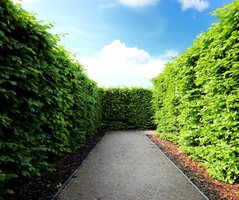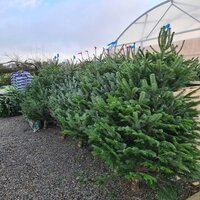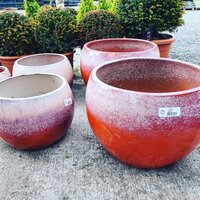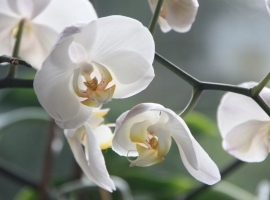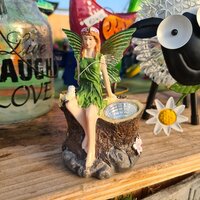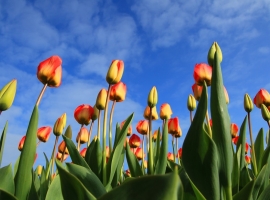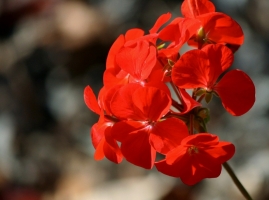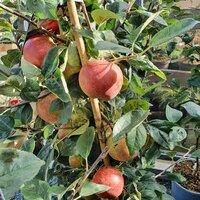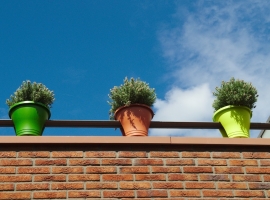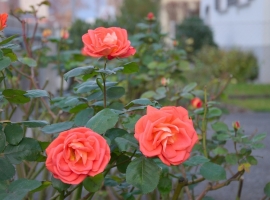Bare Root Hedging
Bare root hedging refers to hedging plants that are sold without any soil around their roots, typically during the dormant season in late Autumn, Winter and into early Spring
These plants are cheaper, easier to handle in bulk, and more environmentally friendly than potted plants because they lack pots and soil, and have lower transport costs. It is crucial to keep the roots moist and plant them as soon as possible after purchase to prevent them from drying out.
What are Bare Root Plants
- Plants that are grown in open ground, lifted when dormant (from late autumn to early spring), and sold with their roots exposed.
- The roots are often kept moist by being packed in damp materials or stored in their bundles in a way that keeps them cool and damp.
- Commonly available for hedging, fruit trees, and roses.
What are the Advantages
- Cost-effective: They are generally much cheaper than container-grown plants.
- Eco-friendly: They are more environmentally friendly as they don't use plastic pots and require less water and fertilizer during their nursery phase.
- Easier to transport: They are lighter and take up less space, making them cheaper to transport.
Important Considerations
- Dormancy: They are only available and suitable for planting during the winter months when they are dormant, which is typically November through March.
- Keep roots moist: The roots are the most vulnerable part and must not be allowed to dry out. They should be protected from wind and frost.
- Planting: It is best to plant them as soon as possible. If you need to store them for a few days, they should be "heeled in" by digging a hole to cover the roots in damp soil.
- Before planting: You may want to soak the roots in a bucket of water for a short time before planting to ensure they are well-hydrated.


